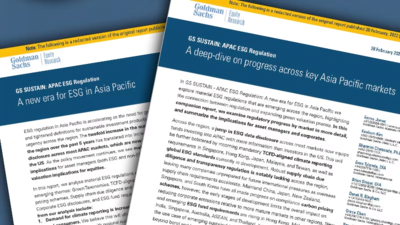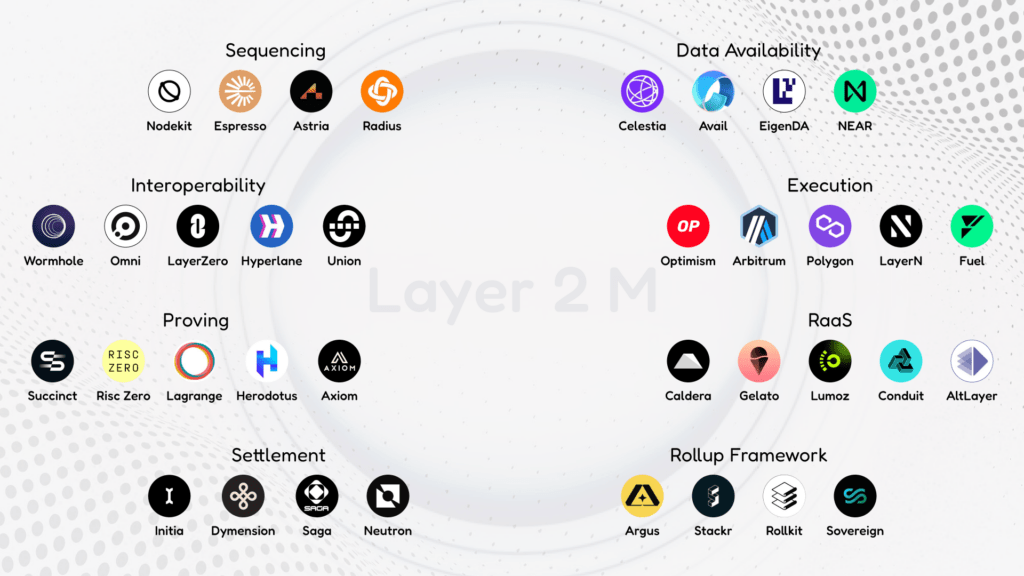Research Summary
The report provides an in-depth analysis of private markets, focusing on private equity (PE), private real estate, and infrastructure. It discusses the performance of these markets post the Global Financial Crisis (GFC) and during the Covid-19 pandemic, highlighting the factors contributing to their outperformance over public markets. The report also explores the trends in private market fundraising, deal volumes, and sector preferences, and provides insights into the future of these markets.
Key Takeaways
Performance of Private Markets
- Private Equity Outperformance: Private markets, particularly private equity, have outperformed public markets post-GFC, albeit by small margins. This outperformance has been attributed to the strength of public equities rather than the weakness of PE. The performance gap between private and public markets has widened significantly post-Covid, but signs of narrowing are emerging.
- Private Real Estate and Infrastructure Performance: Private real estate and infrastructure have outperformed their listed counterparts by over 20% as of 2023Q1. However, the gap between private and public markets in these sectors has already narrowed significantly in 2023Q2.
- Impact of Inflation: The shift to a higher inflation regime has contributed to the outperformance of private equity relative to public. Private equity outperforms public in most macro scenarios, but the gap grows larger in high inflation environments.
- Performance Dispersion: Manager selection, survivorship bias, and market timing can be more important in private markets, which means that aggregate figures are likely to hide large performance dispersion.
- Private Equity in Downturns: Private equity tends to outperform relative to public equities in downturns.
Private Market Fundraising and Deal Volumes
- Private Equity Deals: The number of private equity deals has steadily risen since the GFC, reaching record highs in 2021. However, deal volumes have been on a falling trajectory in the past year and more sharply YTD.
- Capital Raised: Total capital raised through private equity deals has been closely correlated to IPO activity, but has outpaced it in the US and Europe.
- Fundraising: Fundraising for private market funds has slowed down, with flows down around 45% YTD from the 2021 highs to approximately $1.4 trillion. Despite the slowdown, fundraising levels in 2022 were still the second-best since 2000.
- Dry Powder: The accumulation of capital in private markets has reached record levels, with around $4 trillion in dry powder and over $13 trillion in AuM.
Sector Preferences in Private Equity
- Tech Focus: Tech has become the favorite target for private equity funds in the US, while the European market is more skewed towards industrials and healthcare.
- AI Deals: Private equity deals in the AI space have kept up with the previous year, with the total value of AI-related deals falling by less than the aggregate across sectors. AI deals represent a significant share of total deal value in private equity and venture capital.
Future of Private Markets
- Private Market Super Cycle: Despite challenges in the fundraising landscape, the private market super cycle is expected to continue, with room for growth in fundraising and broadening investor appetite.
- Private Debt Growth: Private debt AuM has increased more than 12% annually since Covid and has potential for further growth. Private credit financing becomes more popular in crisis periods when access to other sources of financing becomes difficult.
- Private Real Estate Expansion: Private real estate has expanded robustly over the past 5 years, with an annualized AuM growth of about 11%. Private real estate offers opportunities for diversification and reliable income streams in multi-asset portfolios.
Actionable Insights
- Investigate the Potential of Private Equity: Given the outperformance of private equity over public markets, particularly in high inflation environments, investors may want to explore opportunities in this space. However, they should be aware of the potential for large performance dispersion and the importance of manager selection and market timing.
- Consider Private Real Estate and Infrastructure: With private real estate and infrastructure outperforming their listed counterparts, these sectors could offer attractive investment opportunities. Investors should understand both micro and macro drivers when selecting real estate investments.
- Explore Opportunities in Tech and AI: With tech and AI being favored targets for private equity funds, particularly in the US, these sectors could present promising investment opportunities. However, investors should be cautious of potential overvaluation risks.
- Monitor Fundraising and Deal Volumes: The slowdown in fundraising and deal volumes could impact the liquidity and performance of private market investments. Investors should monitor these trends closely and adjust their strategies accordingly.











